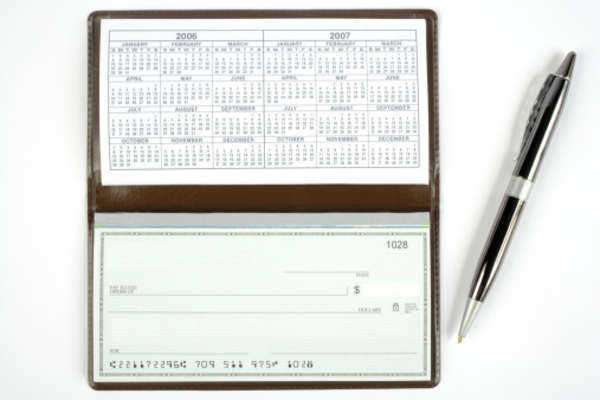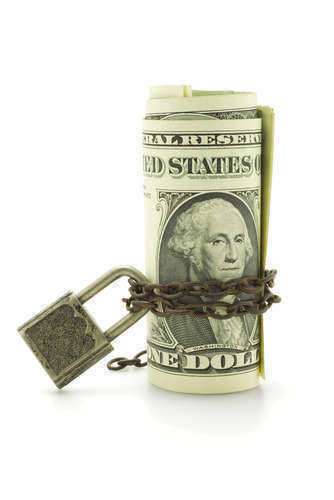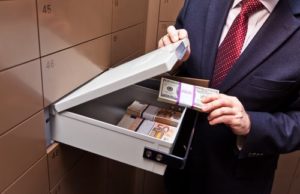Promotional Checks Defined

Promotional checks are written in an attempt to make fraudulent behavior appear legitimate. Promotional checks are written for a variety of different reasons including the lottery, credit cards, awards, mystery shopping, and sweepstakes giveaways.
Fraudulent promotional checks are sent through the postal mail or email claiming that individuals won the lottery. The prize is typically large in size and came from nowhere. If an individual did not enter a lottery drawing, then a random check is likely fraudulent. A promotional check for a sweepstakes is similar to that of a lottery check. The sum of money awarded is significant, and it comes about abruptly.
The promotional checks provided in Internet scams are bogus, but appear to look legit. Victims take these checks to nearby banks for deposit and end up in debt. The individual who deposits the checks is liable for the debt that is accrued through the process. The check can be drawn from an actual account that belongs to a real person and still be fraudulent. If the promotional check is copied or written against the will of the account holder, the bank will catch on.
Other schemes that use promotional codes include job offers for personal or executive assisting. A scheme artist posts fake jobs in which an individual can assist a professional with errands, wire transfers, and supply pick ups. The schemer claims to be an executive out of the country on business who needs extra help. The job of the personal or executive assistant is to wait for packages to be sent full of checks that the assistant must cash.
When the promotional check arrives, the personal assistant is required to take them to the bank, cash it, and then wire it through Western Union, while keeping a small amount for payment. Unfortunately, after wiring the money, the assistant receives an account statement that is negative the exact amount of the promotional check. The assistant then must pay the bank back, while the schemer gets off without being tracked down.
The scheme artists that write promotional checks use other names, addresses, and accounts when issuing payment. In addition, they use aliases initially, when posting the job online. This allows the schemer to commit fraud while remaining anonymous. This also leaves the victim with debt in the majority of promotional check cases.
The lack of solid information makes tracing the culprit who is guilty of fraud impossible. Writing a promotional check is an easy way in which schemers commit mail fraud. The risk of getting caught is minimal and the victim almost always loses money.





















